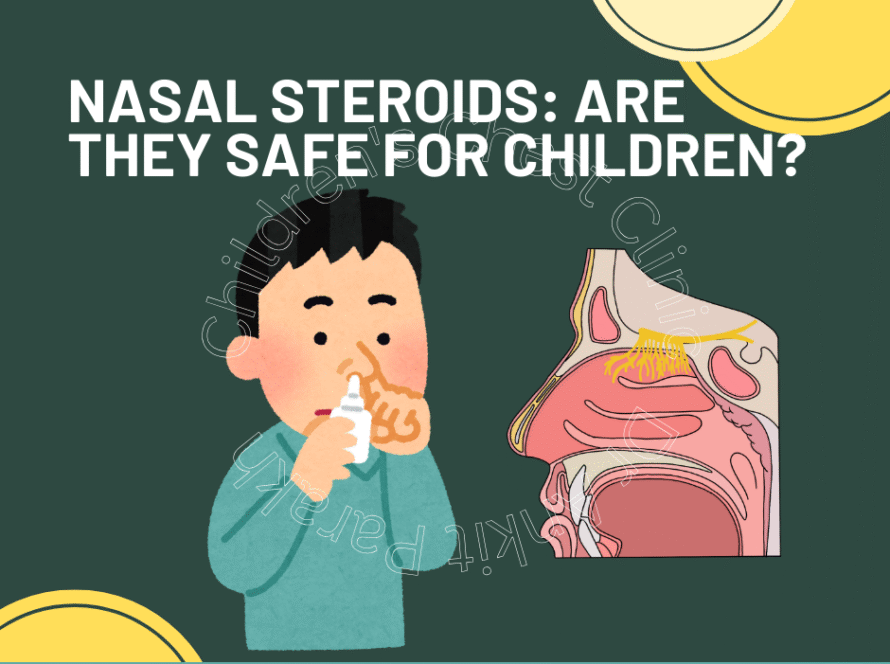Childhood interstitial lung disease (chILD) is an uncommon group of lung diseases that affects children. They are also known as childhood diffuse lung diseases (DLD). Children of all ages from newborn to teens can be affected. Childhood interstitial lung disease (chILD) affects both lungs and usually all lobes, although the distribution of the disease can be variable. Childhood interstitial lung disease (chILD) affects the distal airspaces (alveoli) and the interstitium (space between alveolar linings) of the lungs. The disease process leads to swelling and later scarring (fibrosis) of the lungs. The swelling and scarring leads to stiff lungs which impairs gas exchange. It is important to note that childhood interstitial lung disease (chILD) are distinct from adult interstitial lung disease in the causes, symptoms, diagnosis and treatment.
This article discusses in brief the causes, diagnosis and treatment of childhood interstitial lung disease (chILD).
![Childhood Interstitial Lung Diseases [chILD]](https://ankitparakh.com/wp-content/uploads/2023/07/INTERSTITIAL-LUNG-DISEASES-WEB-300x300.jpg)
What are the symptoms of Childhood Interstitial Lung Diseases [ChILD]?
The symptoms of childhood interstitial lung disease (chILD) depends on the age of the child, the type of disease and how severe it is. Symptoms include fast breathing, difficulty in breathing, shortness of breath, wheezing, persistent cough, repeated pneumonias and failure to gain weight. Children in advanced stages can have low oxygen levels (SpO2) and high carbon dioxide levels (CO2) which are seen on the blood gas testing. Most children with childhood interstitial lung disease (chILD) will have diffuse infiltrates on the chest x rays.
What are the causes of Childhood Interstitial Lung Diseases [ChILD]?
Childhood Interstitial Lung Diseases [ChILD] is a very large group of diseases that can have varied aetiology. Broadly they could be classified as under:
ChILD with environment triggers: hypersensitivity pneumonitis (secondary to molds, chemicals and pigeon droppings)
Genetic Disorders: surfactant protein deficiency, developmental lung disorders, and lung growth abnormalities
ChILD of unknown cause: pulmonary hemosiderosis, cryptogenic organizing pneumonia, nonspecific interstitial pneumonia, desquamative interstitial pneumonia, alvelolar proteinosis and lymphocytic interstitial pneumonia.
ChILD-associated with systemic diseases: connective tissue disorders, histiocytosis, sarcoidosis, and storage diseases.
ChILD associated with compromised immune system: lung and bone marrow transplant-associated lung diseases, HIV, common variable immunedeficiency
ChILD with autoimmune diseases: Inflammatory bowel disease and collagen vascular disease are common autoimmune conditions linked to chILD.
How are Childhood Interstitial Lung Diseases [ChILD] diagnosed?
Since childhood interstitial lung disease (chILD) are relatively rare, awareness about the condition is poor. In developing countries like India it is not uncommon to have misdiagnosis and late diagnosis of these conditions. The diagnosis of childhood interstitial lung disease (chILD) can be challenging and requires many specialized investigations. CT scan of the chest is very helpful in children with suspected childhood interstitial lung disease (chILD). CT scan helps to distinguish the pattern and extent of the disease. Lung function tests like spirometry and diffusion capacity are required for assessing the capacity of the lung and help in follow up assessment once treatment is started. Flexible bronchoscopy and bronchoalveolar lavage are also very important in assessment of the disease. bronchoalveolar lavage involves putting in a small amount of saline water into the airways and alveoli and collecting the fluid for detailed analysis for specific types of cells, bacteria, Tb, fungus etc. Some children might require a lung biopsy for a diagnosis. Lung biopsy can usually be done through the bronchoscope by passing a small forceps and taking a small piece of lung tissue to test in a lab. Currently, many advanced genetic tests have become available like clinical exome sequencing and whole exome sequencing. They are increasingly being used for diagnosis of childhood interstitial lung disease (chILD).
What is the treatment of Childhood Interstitial Lung Diseases [ChILD]?
The treatment of Childhood Interstitial Lung Diseases [ChILD] depends on the type and extent of the disease. Amongst the various treatments used are steroids, hydroxychloroquine (HCQS) and immunosuppressive drugs like azathioprine/rituximab/cyclophosphamide.
If your child is having any symptoms of Childhood Interstitial Lung Diseases [ChILD] or has been diagnosed with Childhood Interstitial Lung Diseases [ChILD] you need to get in touch with a pediatric pulmonologist for a proper diagnosis, treatment and follow up.



![Childhood Interstitial Lung Diseases [chILD]](https://ankitparakh.com/wp-content/uploads/2023/07/INTERSTITIAL-LUNG-DISEASES-WEB.jpg)


